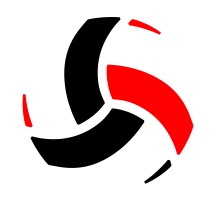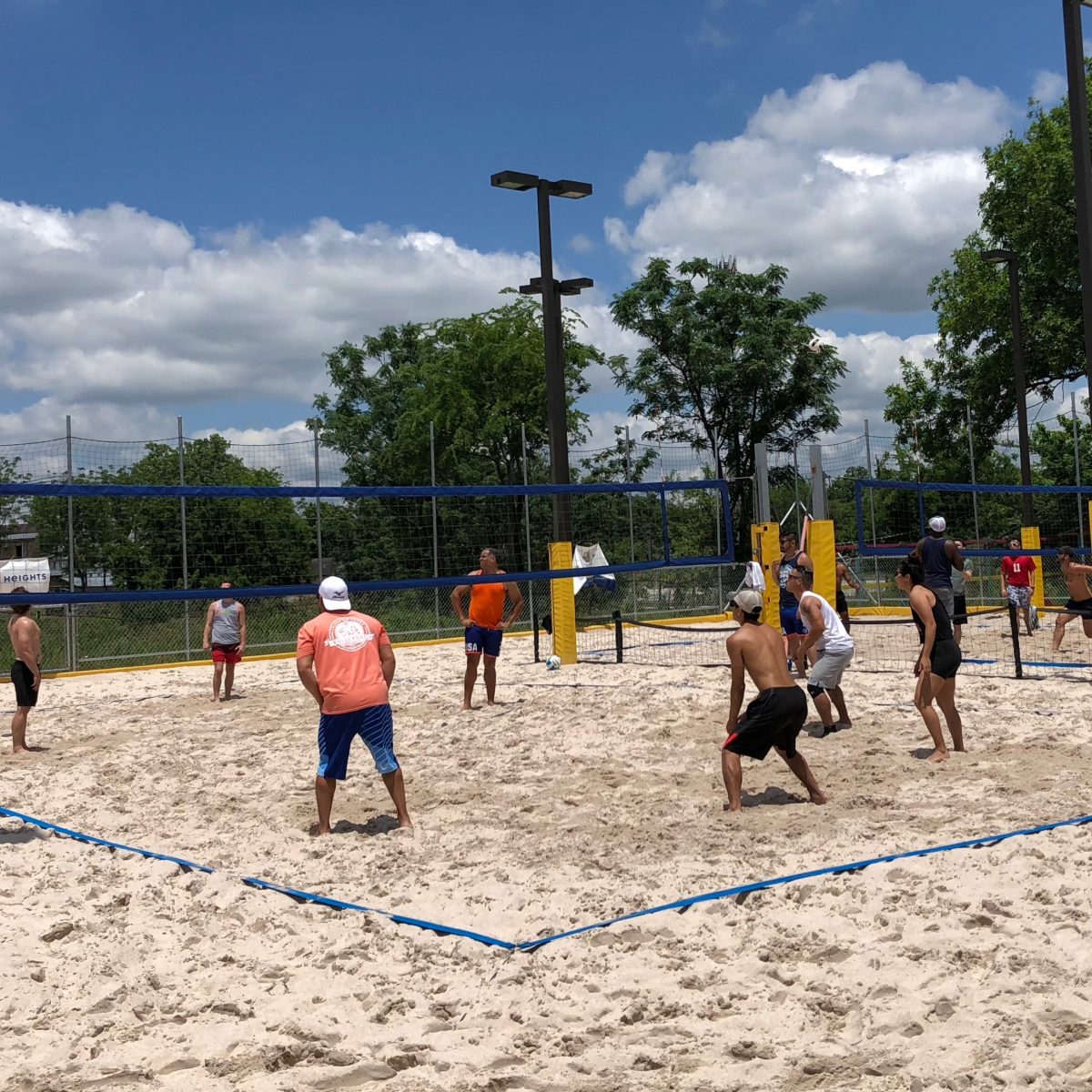In a recent discussion with BJ Leroy of USA Volleyball, I encountered a paper by Bailey et al (2018) published in the open access journal Frontiers in Psychology, titled “The Prevalence of Pseudoscientific Ideas and Neuromyths Among Sports Coaches“. Since the journal is open access, the paper is readily available to download and read. The paper is basically a study on the pervasiveness of pseudoscience among sports coaches, even with ideas that have been long established to be untrue. Dr. Ed Couglin wrote a layperson friendly (albeit Irish-centric) interpretation of the paper.
Suffice it to say, pseudoscience is rampant in sports culture, and pervasive in beach volleyball. I’d say much of the sponsor economy is built around pseudoscientific beliefs, but I’ll address those specific examples in future articles. What I’d like to share here is an excerpt from the Bailey paper, that outlines some properties of pseudoscience which will help you identify it. Bear in mind, this also applies to how people may argue their points online.
- Unfalsifiability
- Absence of self-correction
- Overuse of ad hoc immunizing tactics designed to protect theories from refutation
- Absence of connectivity with other domains of knowledge
- Use of unnecessarily unclear language
- Over-reliance on anecdotes and testimonials at the expense of systematic evidence
- Evasion of genuine peer review
- Emphasis on confirmation rather than refutation.




